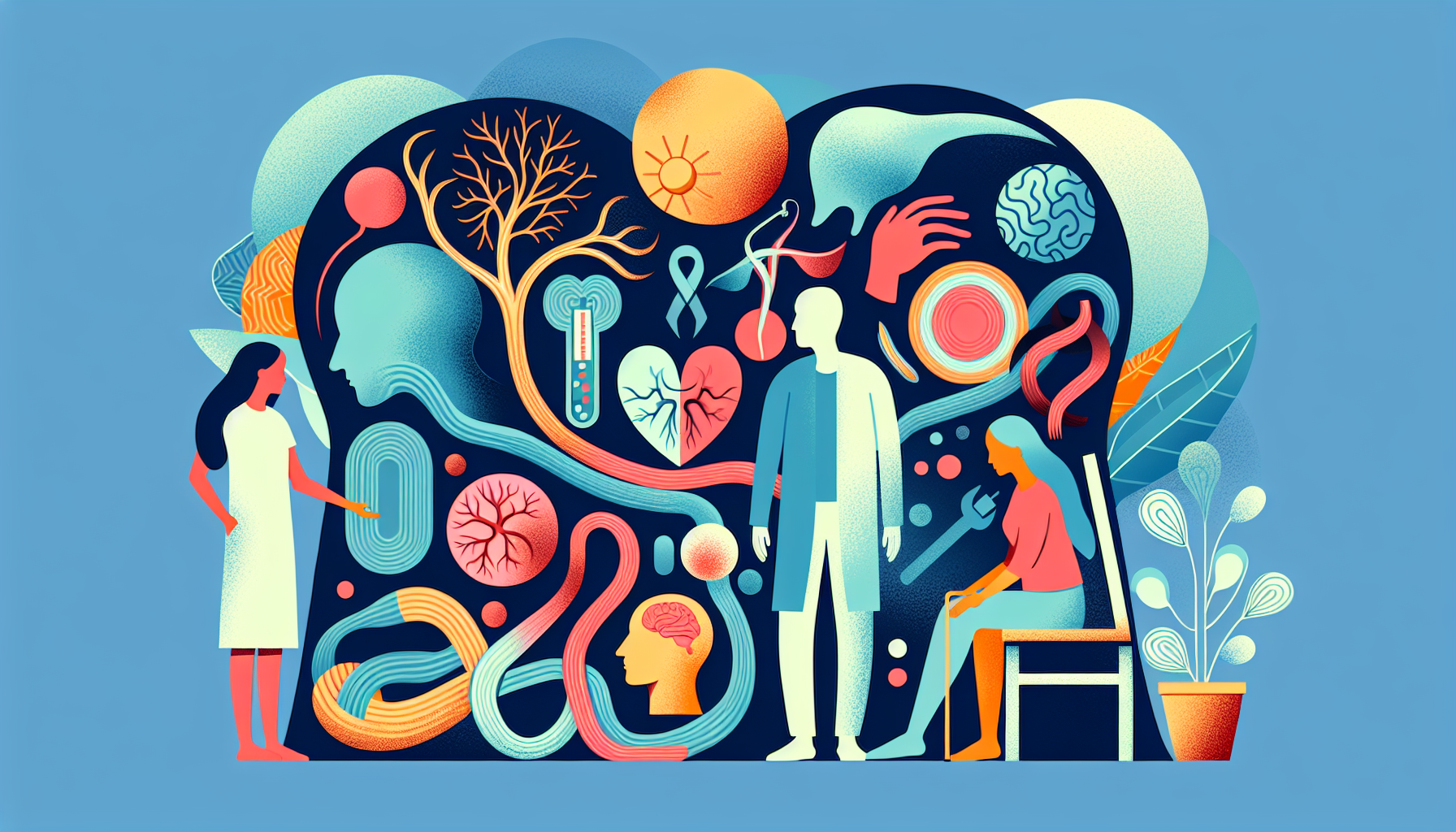Tirzepatide for Sleep Apnea - Can It Help?
Understanding Sleep Apnea and Its ChallengesSleep apnea is a common yet serious sleep disorder characterized by repeated interruptions in breathing during sleep. These pauses [...]
Read More
Medically reviewed by Abhijit Bhattacharyya | MD, PhD, MBA, Tufts University School of Medicine - Miami, Florida on March 10th, 2024.
Stevens-Johnson Syndrome (SJS) is a rare but serious condition that primarily affects the skin and mucous membranes. It is usually triggered by a severe reaction to certain medications or, in some cases, infections. SJS causes the skin to blister and peel off, and can also affect the eyes, mouth, and other parts of the body.
The most common cause (75-80% of cases) of SJS is a severe allergic reaction to certain medications, such as:
Allopurinol (used to treat gout)
Pain relievers (acetaminophen, ibuprofen, naproxen sodium)
Sulfa antibiotics (used to treat infections)
Anti-seizure or mental health medications
Nevirapine (antiretroviral)
In rare cases, infections like Mycoplasma pneumonia, Cytomegalovirus (CMV), Epstein-Barr virus (EBV - the cause of mononucleosis), or the herpes virus can also trigger SJS. Other causes include malignancy-related, vaccines (very rare) and idiopathic (unknown). People with certain risk factors, such as HIV, lupus, or a history of SJS, are more likely to develop the condition.
The initial symptoms of SJS may resemble the flu, including fever and general discomfort. After a few days, other symptoms appear:
A painful, blistering rash that spreads and causes the skin to peel off
Blisters on the mucous membranes (mouth, nose, genitals)
Red, painful, watery eyes

To diagnose SJS, your healthcare provider will review your medical history, examine your rash, and may perform additional tests such as:
Skin biopsy
Culture tests to rule out infections
Lung imaging to check for pneumonia
Blood tests to check for signs of infection
Treatment for SJS typically involves hospitalization, often in a burn center or intensive care unit. The primary goals of treatment are to:
Stop the medication or treat the infection that triggered SJS
Relieve symptoms and prevent complications
Support healing by replacing fluids and nutrients, wound care, and eye care
Medications (Corticosteroids, IVIG, Cyclosporin, Etanercept)
Recovery from SJS can take several weeks, and most people do recover. However, some may experience long-term effects, such as scarring, eye problems, or lung issues.
While it's not always possible to prevent SJS, there are steps you can take to reduce your risk:
Inform your doctors if you've had SJS in the past
Wear a medical alert bracelet
Avoid taking medications that have previously caused SJS or similar reactions
Be aware of risk factors (like HLA-B*1502 in southeast Asians taking carbamazepine) or immunosuppression
If you suspect that you or someone you know has Stevens-Johnson Syndrome, seek emergency medical attention immediately. Early diagnosis and treatment are crucial for minimizing complications and ensuring the best possible outcome.
For more information on Stevens-Johnson Syndrome, visit the following reputable sources:
Understanding Sleep Apnea and Its ChallengesSleep apnea is a common yet serious sleep disorder characterized by repeated interruptions in breathing during sleep. These pauses [...]
Read MoreHeart attacks are often perceived as a predominantly male health issue, but the reality is that heart disease is the leading cause of death for women worldwide. Recognizing [...]
Read MoreTelehealth has transformed the way patients access healthcare, offering convenience, speed, and accessibility that traditional in-person visits often cannot match. With the [...]
Read More